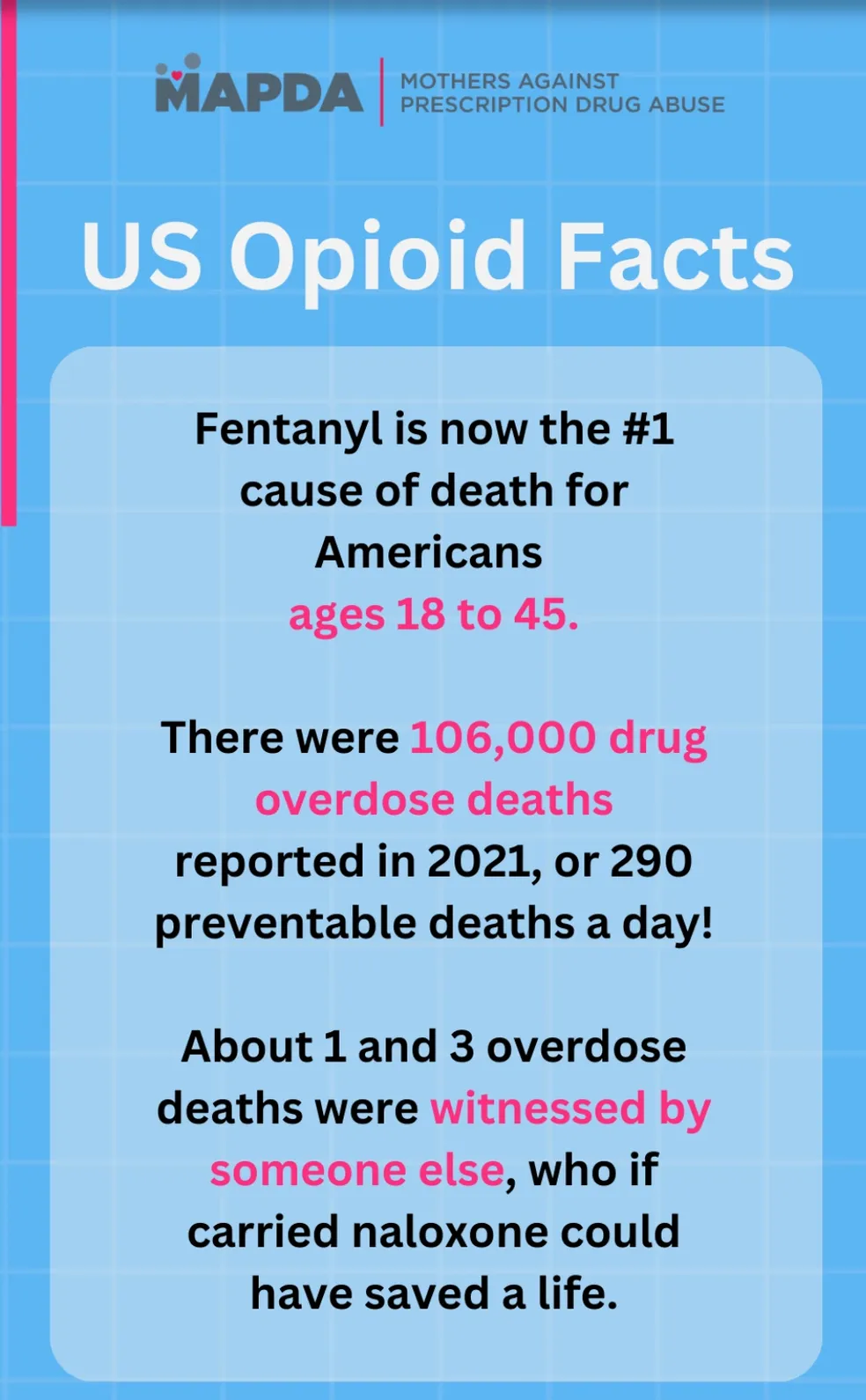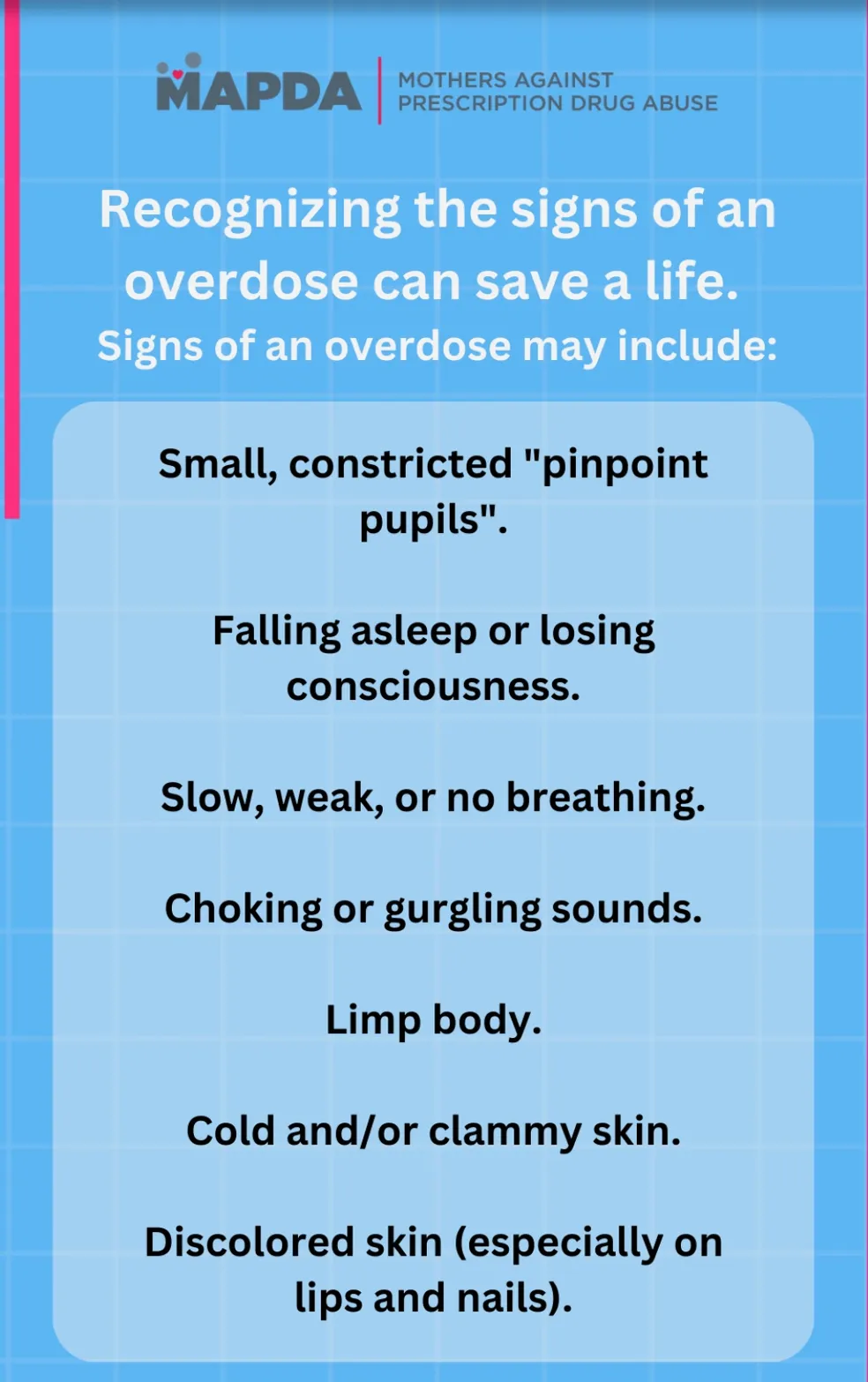A life-threatening overdose is a risk for anyone taking a drug, with or without a prescribed medication.
Teens Against Drug Abuse - TADA! Teens Against Drug Abuse ~ TADA is passionate about empowering teens to make a difference in people's lives.
Get Involved!
There are many ways to get involved with TADA. Attend one of our events, become a member, or volunteer your time. We’d love to have you on board!
We are putting awareness postcards in schools. If you would like more information on getting these distributed in your school, please contact us at tada@mapda.net
Get Help
DEA.GOV/ONEPILL for more information or call today:
800-968-2636
Our Impact
Find out how TADA is making a difference in the community and the lives of those we serve. We are committed to creating lasting change.
Contact Us
Have a question or want to get in touch? We’d love to hear from you. Contact us today and we’ll get back to you as soon as possible. TADA@mapda.net
Save A Life CALL 911
48 jurisdictions (47 states and D.C.) have enacted both Good Samaritan and overdose-reversal medication Access laws. Kansas, Texas and Wyoming do not have a Good Samaritan law for drug overdoses but have an overdose-reversal medication Access law. These laws protect people from certain criminal penalties if they call 911 to save an overdose victim.
A life-threatening overdose is a risk for anyone taking a drug, with or without a prescribed medication.
Peer Pressure Dealing with Peer Pressure
- In California is is not a crime to report an overdose – call 9-1-1
- Dial 988 for free and confidential support
- Avoid, Avoid, Avoid taking pills
- Ask a Million Questions
Facing constant peer pressure can be hard. The tips we mentioned help, but it’s also important that you are confident in your decision to be drug-free in the first place. Learning the facts and dangers associated with drug use is a good place to start.
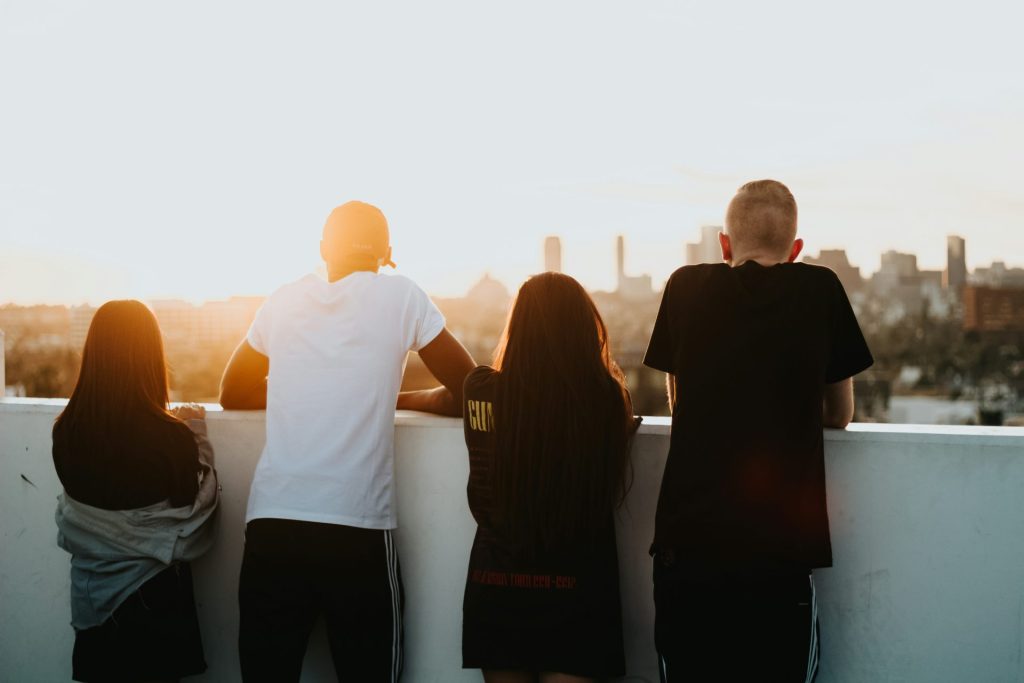
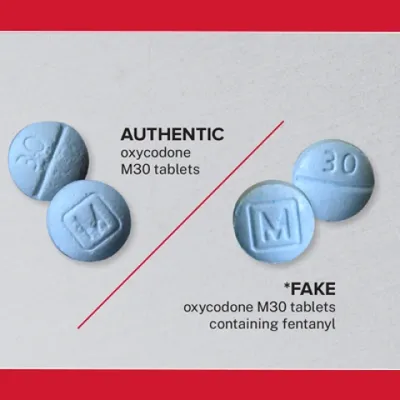
USING MEDICATION THAT WASN’T PRESCRIBED TO YOU CAN BE DEADLY.
- Criminal drug networks are mass-producing fake pills and falsely marketing them as legitimate pills to deceive the American public.
- Fake pills are easy to purchase, widely available, often contain lethal synthetics strong enough to knock out several large animals.
- Fake medications are easily accessible and often sold on social media and e-commerce platforms, making them available to anyone with a smartphone, including minors.
- Many fake pills are made to look like common and well-known medical drugs such as to treat things like ADHD, OCD, or Anxiety. Never take a pill from a friend.
Preventing Drug Misuse among High School Student-Athletes: Playbook for Students
Do you play sports? If you’ve ever gotten seriously injured on the field or on the court, your doctor may have prescribed you some powerful pain medication.
But even though those medications are prescribed by doctors, that medication can be addictive and possibly even deadly if you misuse them by taking more than you’re supposed to.
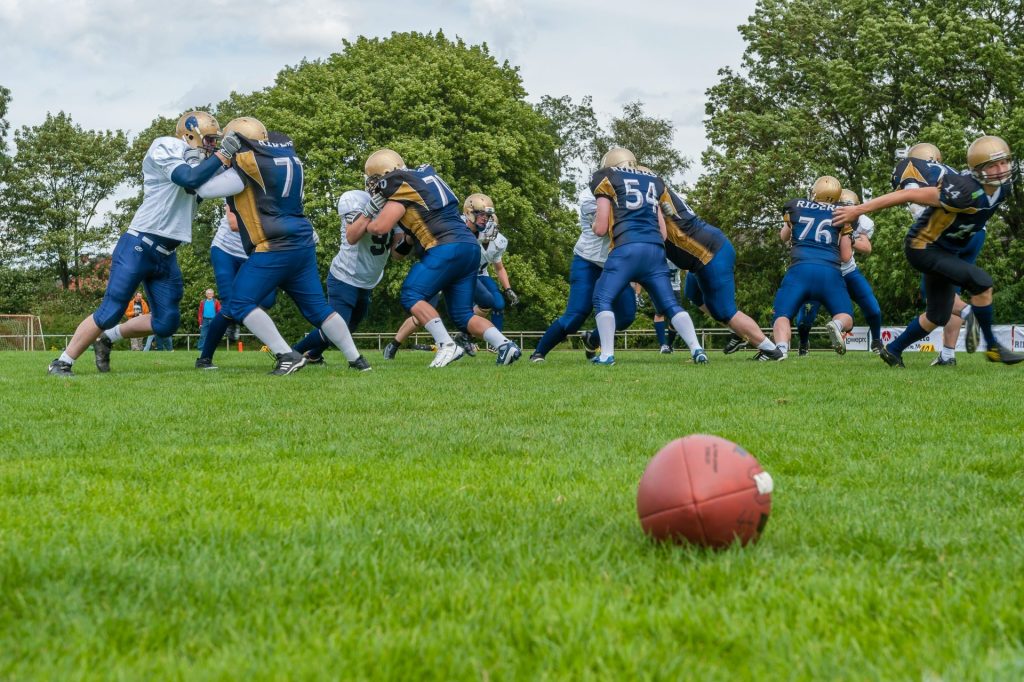
No student should have to walk into school with the fear of losing a classmate to an accidental overdose.
Letting Students Carry overdose reversal medications in Schools... BY HON. MARY BONO AND ALLISON FOX
 No student should have to walk into school with the fear of losing a classmate to an accidental overdose. Yet many of our nation’s kids have faced that reality as the growing drug crisis devastates schools, families and communities. Just last month in Tennessee, two teenage girls were found dead of drug overdoses in the parking lot of a Fayette County high school, hours before graduation ceremonies.
No student should have to walk into school with the fear of losing a classmate to an accidental overdose. Yet many of our nation’s kids have faced that reality as the growing drug crisis devastates schools, families and communities. Just last month in Tennessee, two teenage girls were found dead of drug overdoses in the parking lot of a Fayette County high school, hours before graduation ceremonies.
The tragedies of such events in and around schools are only made more devastating because we know how to protect students and individuals of all ages from letting an overdose become fatal. In addition to efforts to prevent overdoses, access to overdose reversal medications are key to combatting the effects of the drug epidemic in schools and communities.
States have taken significant steps forward to expand access to this medication for patients at the doctor’s office, for consumers at the pharmacy, and other at-risk populations in the ER and prisons. Now it’s time to allow America’s students to carry overdose-reversal medications. Let’s equip them with this lifesaving tool.
Only a tiny number of schools allow overdose reversal medications
The drug crisis is putting our kids in severe danger. According to CDC estimates communities in more than 30 jurisdictions lost 1,808 adolescents to a fatal overdose from July 2019 to December 2021. Overdose reversal medications can reverse the effects of an overdose and revive someone who we might otherwise lose forever.
A safe and easy-to-use medication that is administered by nasal spray or injection is more widely available today than ever thanks to a commitment from federal and state policymakers to equip patients, at-risk communities, and bystanders. Most recently, the U.S. Food and Drug Administration approved over-the-counter (OTC) overdose reversal medications.
But only a tiny percentage of school districts allow students to carry this potentially lifesaving medication. We’ve heard from CPR-certified students in Colorado who feel a personal responsibility to be able to save a fellow classmate. In a cardiac event, any student who is CPR trained can be a lifesaver in an emergency. Students should be just as equipped to respond in an emergency overdose situation because they are often closer to their peers than teachers, administrators and part-time school nurses.
At the recent American Medical Association (AMA) meeting in Chicago, delegates debated a resolution in support of making overdose reversal medication more available in schools, including to students. Students have been dying from overdoses in high school bathrooms, and expecting nurses to reach them all in time “is just fanciful,” Dr. Ken Certa, Philadelphia psychiatrist.
New legislation would make access easier
Fortunately, states and the federal government have started to build on existing efforts to find solutions that increase access to overdose reversal medications in schools.
In Congress, Reps. Dave Joyce, R-Ohio, and Dean Phillips, D-Minn., introduced the School Access Act, which would provide federal grants to help local districts buy and store overdose reversal medication for use by trained professionals. At the state level, the Los Angeles Unified School District (LAUSD) put forth a policy in February to allow students to carry overdose reversal medications at school.
Similar policies have been adopted in Alexandria, Virginia, and Montgomery County, Maryland, coupled with training on how to use overdose reversal medications. In Colorado, Durango students are now allowed to carry school-distributed overdose reversal medication at school; students pushed for the change after a 2021 tragedy at a home in La Plata County.
This is a proven way to curb the overdose crisis
While we should commend those who are working to expand overdose reversal medications access in schools, there is more to do. Students will be able to obtain OTC overdose reversal medications at a local pharmacy or from entities such as public health departments and non-profit organizations, and we must ensure that school policies don’t prevent students from being prepared in an emergency.
Opponents of making Narcan accessible to students argue that it enables drug use. The reality is, students are using drugs, often without knowing that they are laced with deadly drugs. Once someone dies, nothing more can be done to help that person.
Allowing students to carry overdose reversal medications won’t solve the drug crisis, but it’s an important way to curb the effects of the crisis and protect our nation’s children from the harms of accidental overdose.

